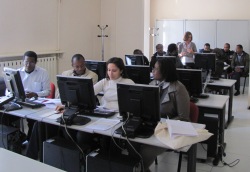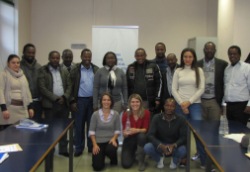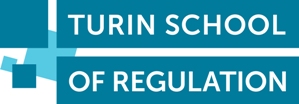WATERREG Ethiopia and Mozambique


WATER-REG Project| Training and Capacity Building on economic regulation and governance of the integrated water cycle (2014-2015)
The project intends to implement a program of training and assistance / capacity building on the economic regulation of the integrated water cycle in order to contribute to alleviate the water scarcity stress widespread in developing countries and in the Sub-Saharan Africa in particular. The project focuses on Arba Minch Town, Ethiopia, in synergy with the ongoing cooperation activities of Hydroaid within the European WATSAM Project, which is aimed at improving the administrative and technical skills of the managers of the local water utility, AWSSE. The Project also includes a preliminary survey activity for setting the basis for a comprehensive project in Mozambique.
The project is implemented in partnership with Hydroaid and is supported by the Fund for international cooperation of the water regulatory authority of the Province of Torino (ATO3 Torinese)
Activities
1) Special School on Water Regulation (18-21 November 2014) in Torino. The School hosted 12 participants from Ethiopia and Mozambique. Further details and the training programme are available here.
2) Mission 1 to Arba Minch (2-6 March 2015) for the application of the FIELD methodology for the analysis of the main players involved, their incentives and their relationships, to promote a more informed capacity building activity.
3) Mission 2 to Arba Minch (8-19 July 2015) to implement capacity building activities. The goal of the capacity building session is to facilitate the application of what was learned during the training session in Torino to the local context, drive the beneficiaries through a process of critical analysis of the current situation, identify the actions that can be implemented in the short-, medium- and long-term to design / improve the regulatory framework for integrated water service or parts of it.
4) Mission to Maputo (10-14 June 2015) for the application of the FIELD methodology for the analysis of the main players involved, their incentives and their relationships, in the water regulation sector.
5) Final reporting and dissemination.


